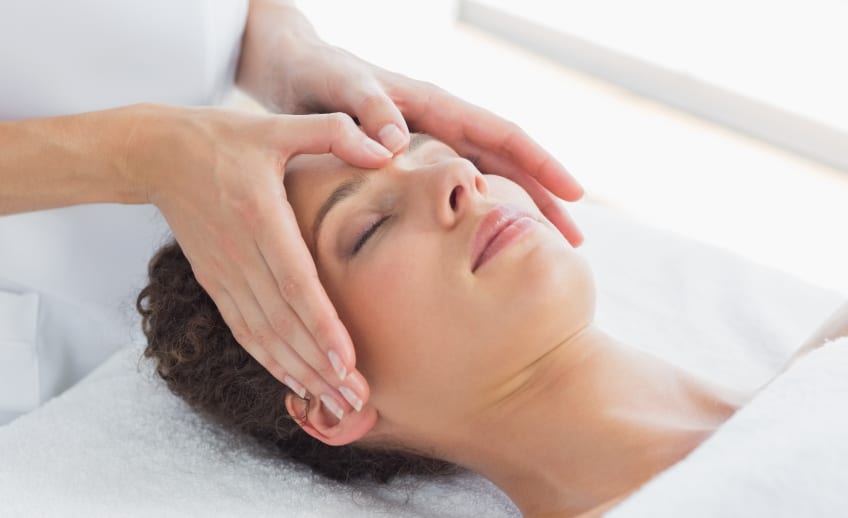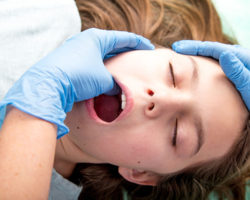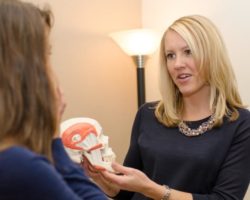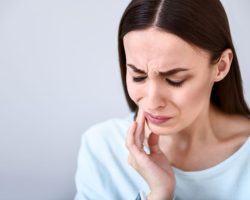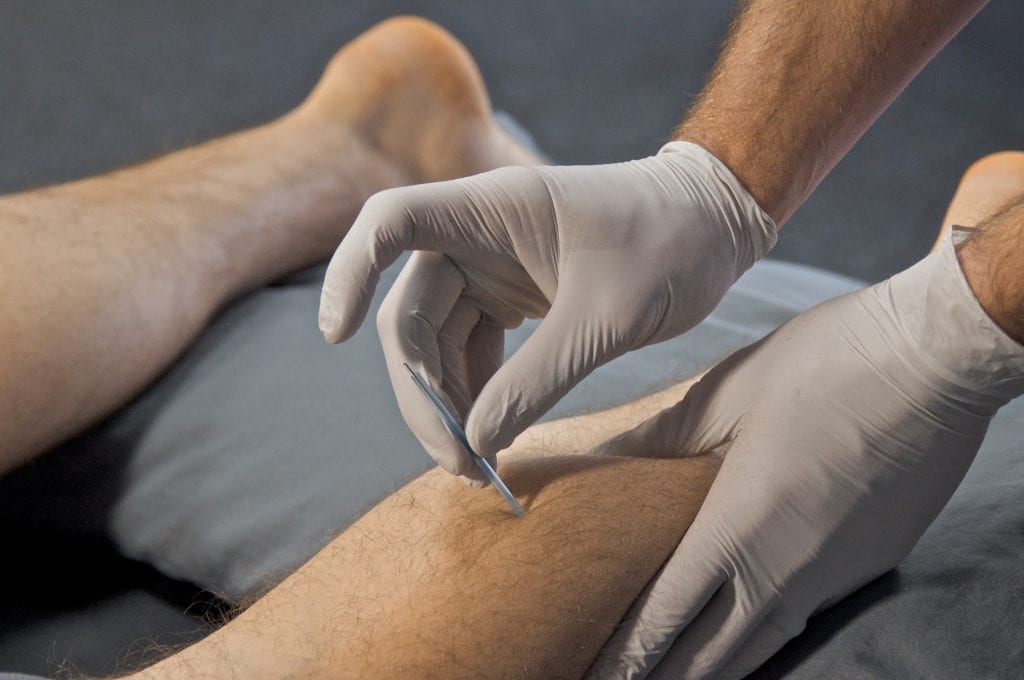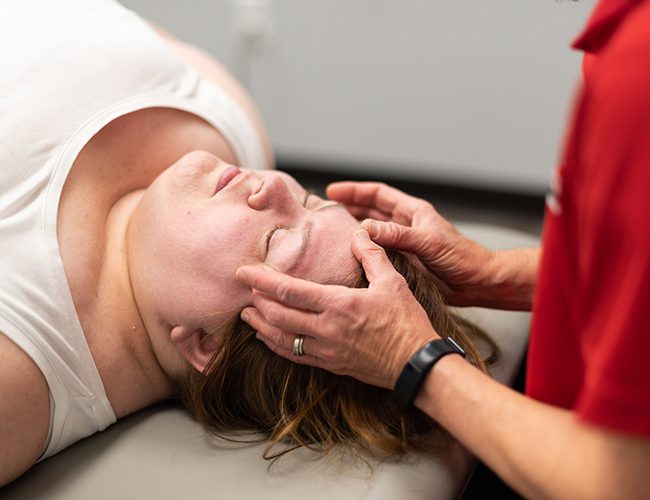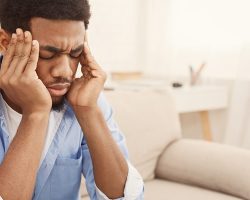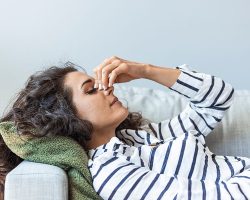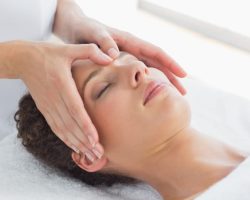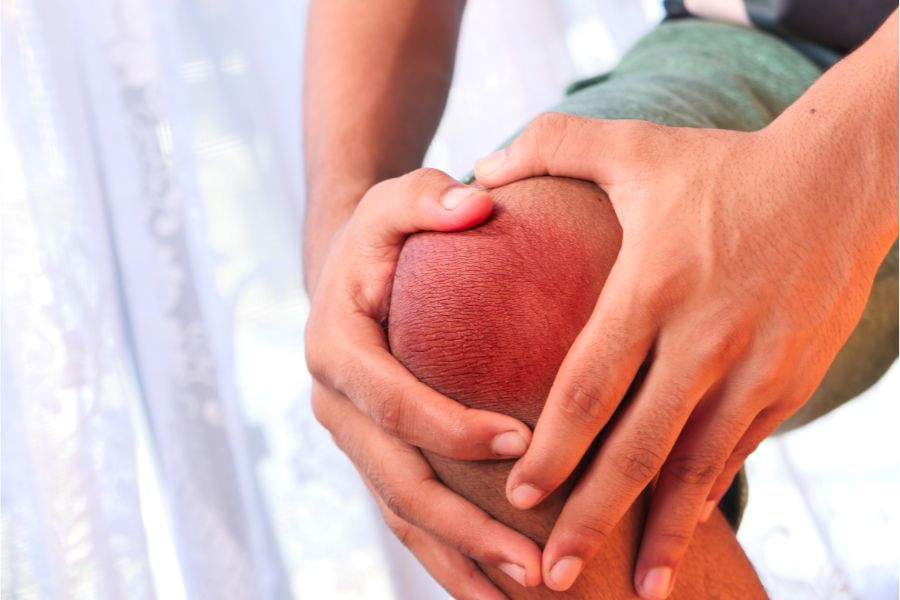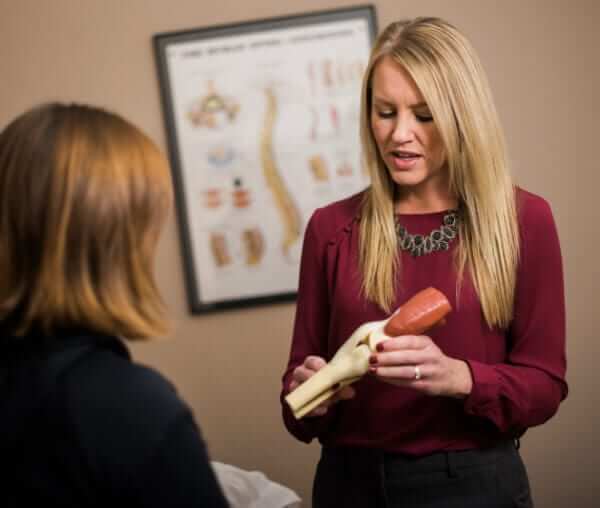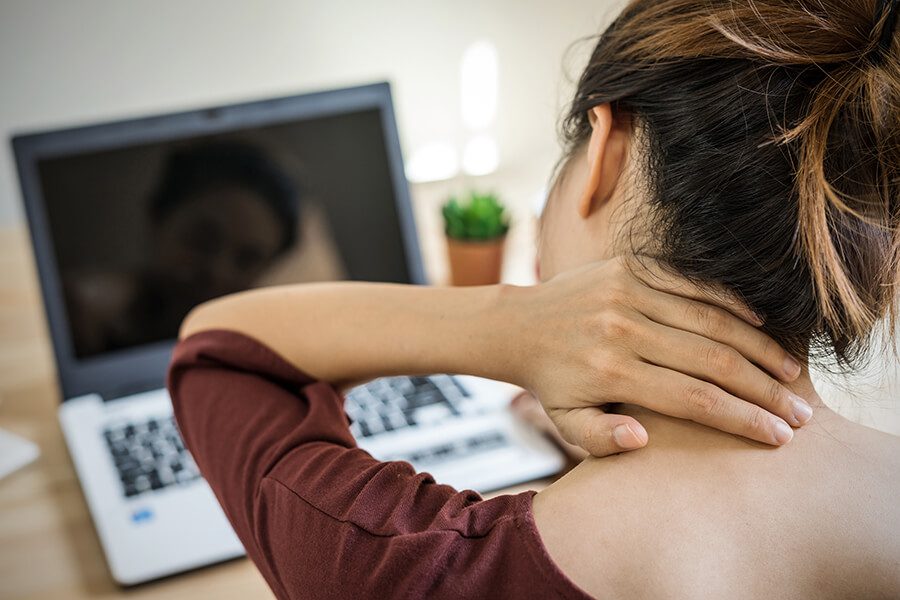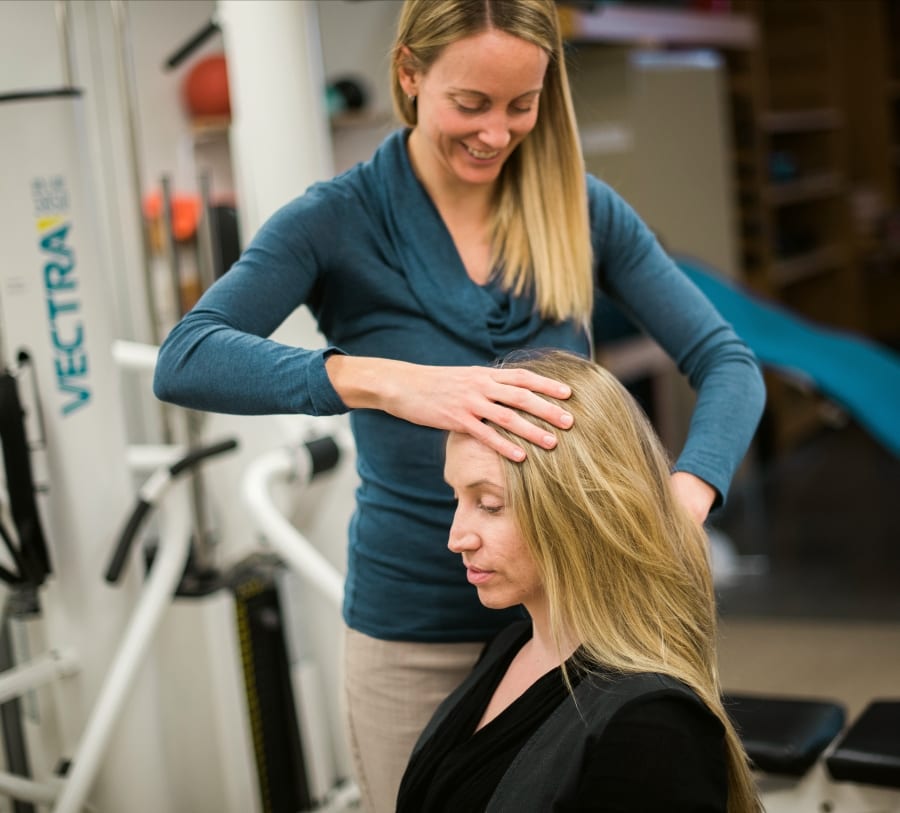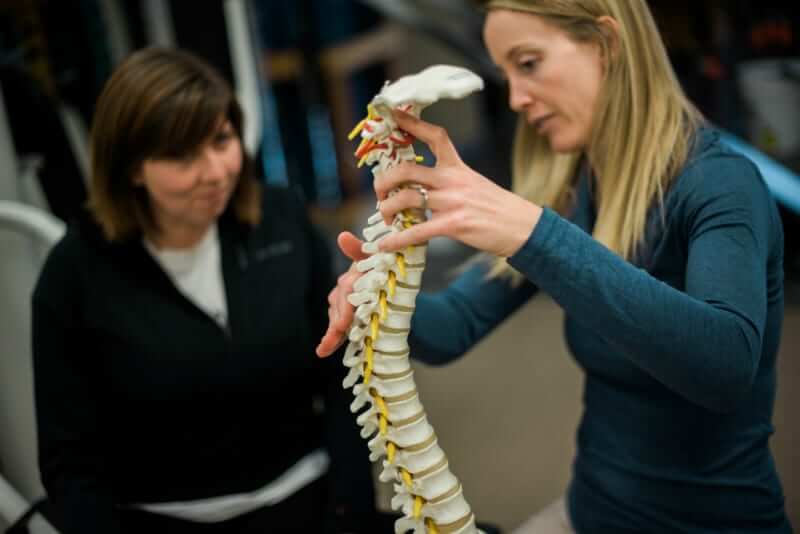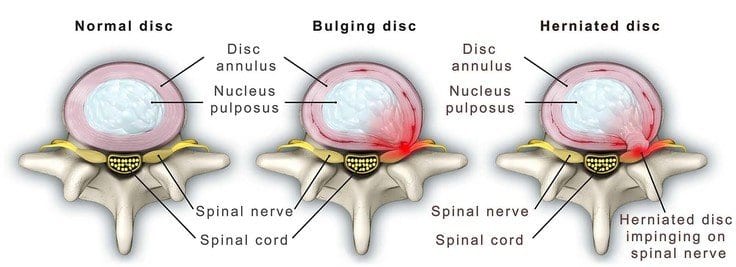Saunders physical therapists manage head and neck problems with a team approach that includes the dental professional, physical therapist and other medical professionals as needed. Working with other care providers may be essential for successful treatment of TMJ dysfunction. Temporomandibular joint disorders and facial pain can affect people of all ages, and are particularly problematic because they affect so many aspects of daily life such as eating, talking, and laughing! Don’t suffer in silence – our therapists can provide quick relief.
Years of Experience Successfully Treating…
- Temporomandibular Disorders
- Arthrogenous (joint) disorders
- Myogeneous (muscle) disorders
- Developmental Disorders
- TMJ Dislocation
- Osteoarthritis
- Neck Pain
- Headaches
- Post-surgical rehabilitation
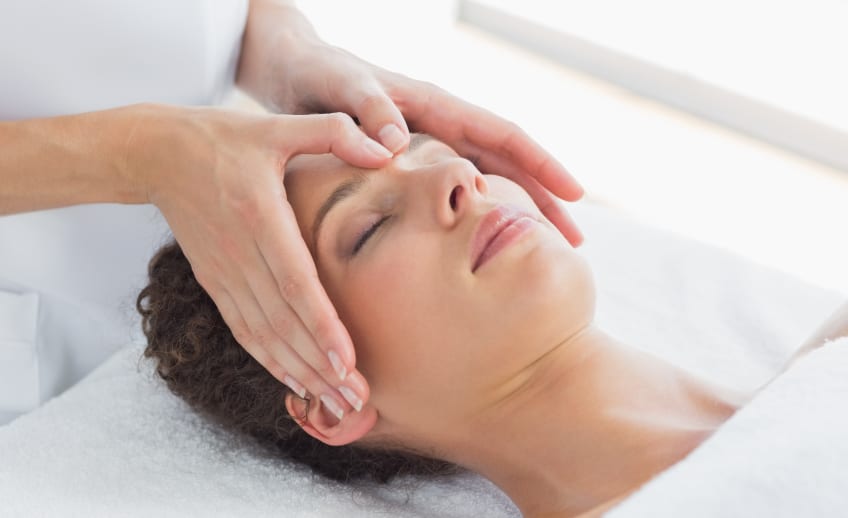
If you suspect you have a TMJ disorder, we can help.
The TMJ is the hinge joint that opens and closes your jaw. Sometimes, you can feel pain directly in the area around the joint, but there are other symptoms you should be aware of: The TMJ is the hinge joint that opens and closes your jaw. Sometimes, you can feel pain directly in the area around the joint, but there are other symptoms you should be aware of: Physical therapists can immediately decrease TMJ headache pain with manual therapy, myofascial techniques, postural training, and restoring normal jaw mechanics through specific exercise.TMJ Treatment
TMJ Symptoms
TMJ Headache

